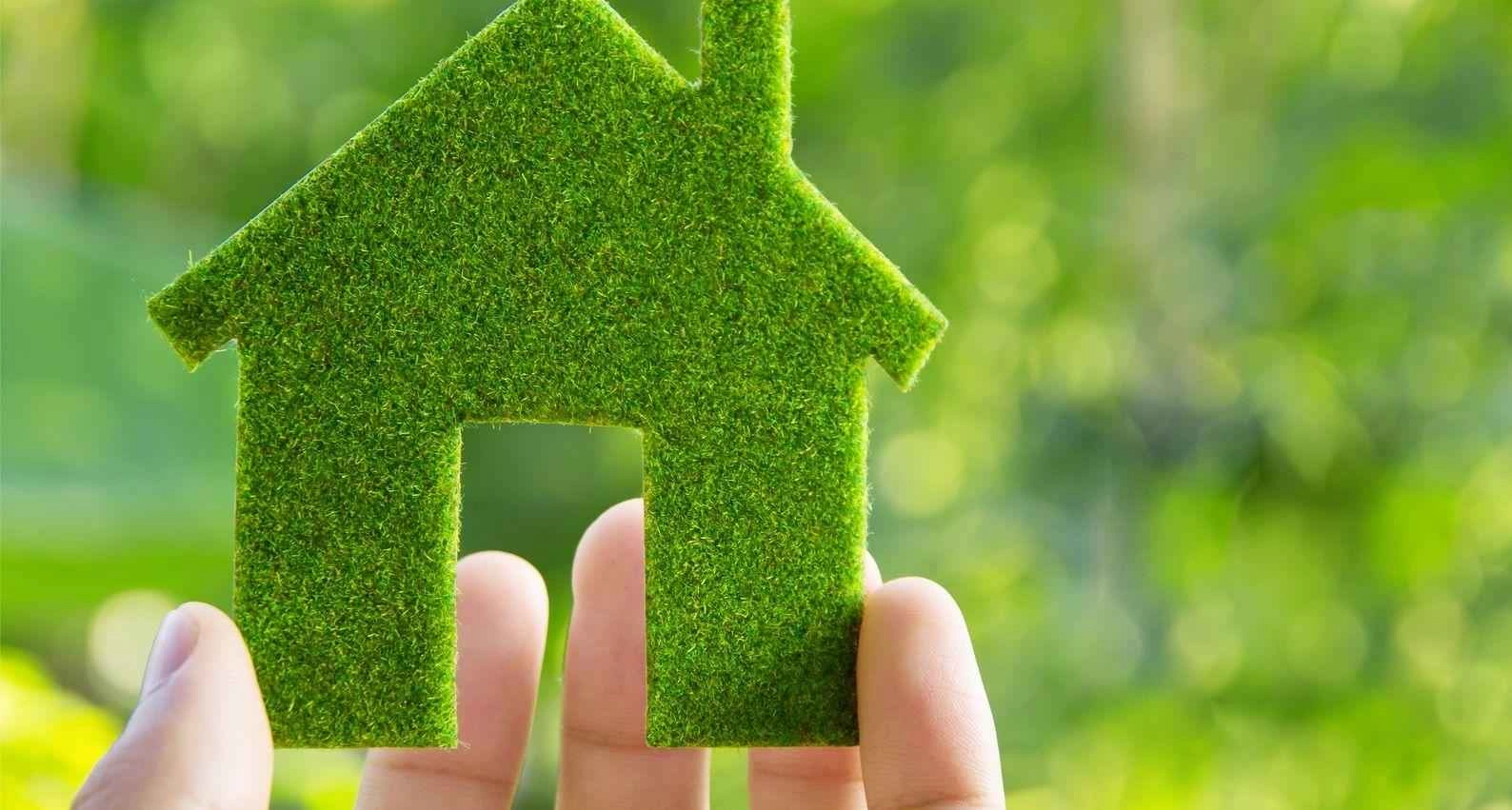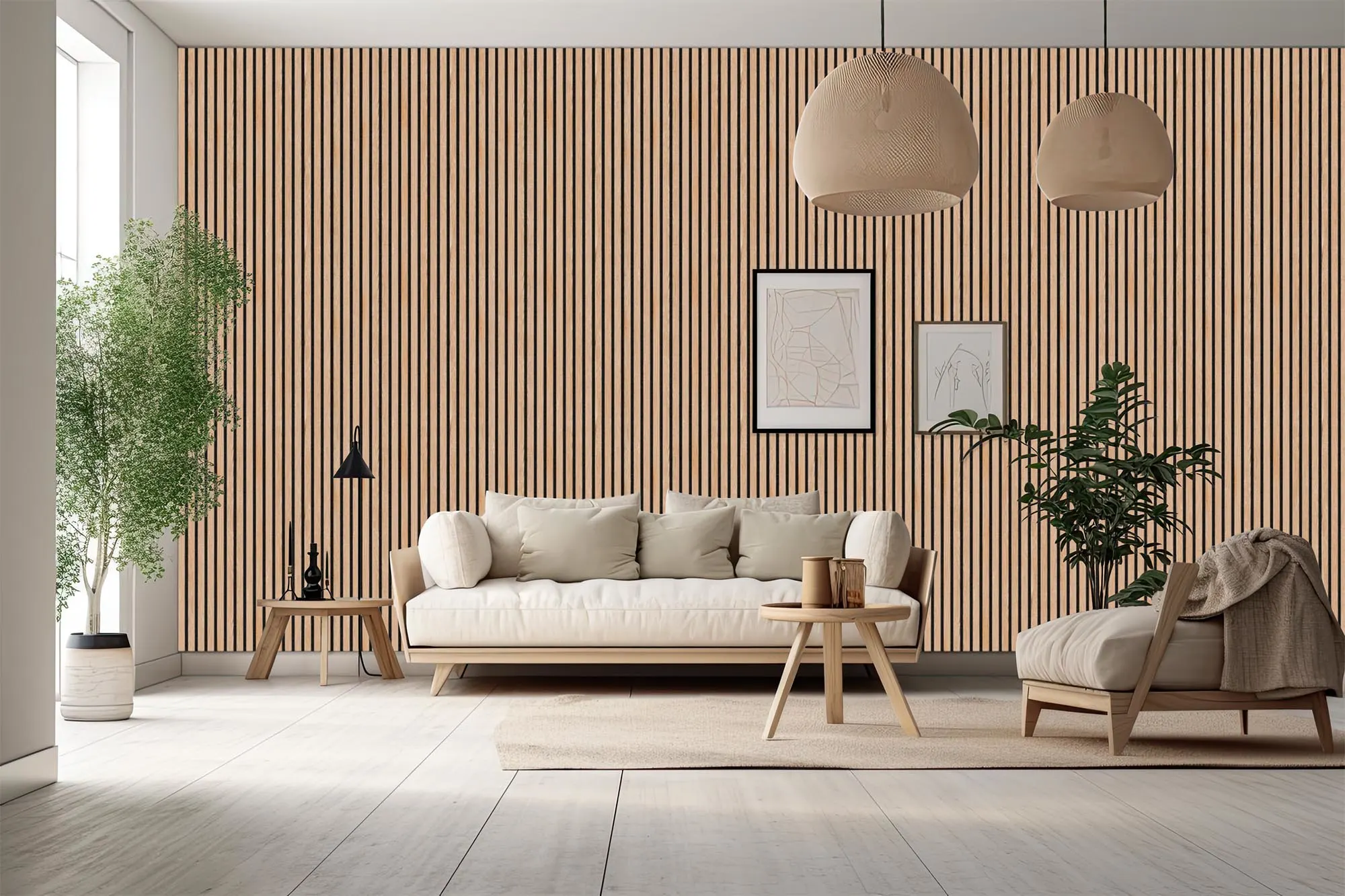Table of Content
- 1. Why Use Eco Friendly Materials in Construction?
- 2. Benefits of Eco-Friendly Construction
- 3. Types of Eco Friendly Materials
- 4. Developers Pioneering Sustainable Real Estate in India
- 5. Challenges and Solutions in Using Eco Friendly Materials in India
- 6. Conclusion: The Future of Sustainable Real Estate Development in India
As the world grapples with environmental challenges, the real estate industry is increasingly shifting towards sustainable practices. One of the most important elements of this movement is the use of eco friendly materials in home construction. In India, sustainable real estate development is gaining momentum, and both developers and homeowners are looking for ways to reduce the environmental impact of construction without compromising on quality, comfort, or aesthetics. This article provides a comprehensive guide on eco friendly materials in home construction, highlighting lesser-known sustainable materials, their benefits, and insights from developers pioneering eco-friendly construction in India.
What are Eco-Friendly Construction Materials?
Eco-friendly construction materials are those that have a low environmental impact throughout their lifecycle, from production to disposal. These materials are renewable, recyclable, and contribute to energy efficiency, reducing the carbon footprint of buildings.
1. Why Use Eco Friendly Materials in Construction?
The construction industry is a major contributor to environmental degradation, consuming vast amounts of natural resources and generating significant waste. Traditional construction methods also consume large amounts of energy, contributing to air and water pollution.
Key Reasons for Using Eco Friendly Materials:
- Reducing Carbon Footprint: Using renewable and recyclable materials helps lower greenhouse gas emissions.
- Resource Conservation: Eco friendly materials are often made from renewable resources or waste products, reducing the strain on natural resources.
- Energy Efficiency: Many eco friendly materials have insulating properties, reducing the need for artificial heating and cooling.
- Health Benefits: Green building materials are often free from toxic chemicals, improving indoor air quality.
- Durability: Sustainable materials often last longer, requiring less maintenance and reducing long-term costs.
2. Benefits of Eco-Friendly Construction
Environmental Benefits:
- Reduction in Pollution: Sustainable construction materials reduce waste, emissions, and pollution during production and disposal.
- Energy Conservation: By using materials that improve insulation, eco-friendly buildings consume less energy for heating and cooling.
- Water Conservation: Some sustainable materials help reduce water consumption by improving the efficiency of water usage.
Economic Benefits:
- Lower Operational Costs: Eco-friendly buildings tend to have lower utility costs due to their energy-efficient nature.
- Increased Property Value: As sustainability becomes more important, green buildings command higher market value.
- Tax Incentives: Many Indian states offer tax benefits and subsidies for adopting eco-friendly construction methods.
Also Read: Exploring the Furniture Market in Delhi: Your Ultimate Guide
Health Benefits:
- Improved Indoor Air Quality: Sustainable materials reduce the use of harmful chemicals, leading to healthier indoor environments.
- Enhanced Comfort: Better insulation and ventilation improve the comfort of eco-friendly homes.
3. Types of Eco Friendly Materials
Bamboo
Bamboo is one of the fastest-growing plants and is considered a renewable resource. It is strong, flexible, and can replace traditional wood in construction.
- Uses: Flooring, roofing, walls, scaffolding.
- Benefits: High strength-to-weight ratio, renewable, durable, and resistant to termites.
|
Material |
Benefits |
Uses in Construction |
|
Bamboo |
Renewable, durable, termite-resistant |
Flooring, roofing, scaffolding |
Recycled Steel
Steel is a commonly used material in construction, but recycled steel helps reduce the need for mining new raw materials. It is equally strong as virgin steel and can be reused multiple times without losing its quality.
- Uses: Building frames, roofing, reinforcements.
- Benefits: Reduces waste, strong, durable, recyclable.
Fly Ash Bricks
Fly ash, a byproduct of coal-fired power plants, can be used to make bricks. These bricks are stronger and more sustainable than traditional clay bricks.
- Uses: Walls, foundations.
- Benefits: Lightweight, cost-effective, reduces waste, improves energy efficiency.
Autoclaved Aerated Concrete (AAC) Blocks
AAC blocks are made from a mix of lime, cement, sand, and water, and are known for their lightweight and insulating properties.
- Uses: Wall construction.
- Benefits: Energy-efficient, fire-resistant, soundproof, reduces construction time.
Solar Tiles
Solar tiles are an innovative roofing material that combines energy efficiency with aesthetics. These tiles convert sunlight into electricity, reducing the home’s reliance on the grid.
- Uses: Roofing.
- Benefits: Generates electricity, reduces energy bills, environmentally friendly.
Cork
Cork is a renewable material harvested from the bark of cork oak trees. It is lightweight, water-resistant, and a good insulator.
- Uses: Flooring, wall coverings.
- Benefits: Renewable, soundproof, water-resistant, fire-resistant.
Hempcrete
Hempcrete is a bio-composite material made from hemp fibers, lime, and water. It is lightweight and offers excellent insulation.
- Uses: Wall construction, insulation.
- Benefits: Absorbs carbon dioxide, fire-resistant, pest-resistant, insulates well.
Also Read: How to Use Organic Materials for Home Decor: A Comprehensive Guide
Reclaimed Wood
Reclaimed wood is wood that has been salvaged from old buildings, barns, and factories. It is an excellent way to recycle materials and reduce deforestation.
- Uses: Flooring, furniture, decorative elements.
- Benefits: Recycles old materials, aesthetically unique, strong, durable.
Mycelium
Mycelium is a network of fungal threads that can be grown into strong, lightweight materials for use in construction.
- Uses: Insulation, wall panels.
- Benefits: Fully biodegradable, renewable, lightweight.
4. Developers Pioneering Sustainable Real Estate in India
Several real estate developers in India have embraced eco-friendly construction practices, setting the standard for sustainable development.
Notable Developers:
- Godrej Properties: Known for incorporating sustainability into all their projects, Godrej Properties uses energy-efficient materials and renewable energy sources.
- Tata Housing: Tata Housing focuses on green buildings certified by IGBC and LEED, using sustainable materials and construction techniques.
- Mahindra Lifespaces: Pioneering the concept of ‘Green Homes,’ Mahindra Lifespaces integrates solar energy, rainwater harvesting, and eco-friendly construction materials in their developments.
These developers not only contribute to reducing the environmental footprint but also promote sustainable living practices among homeowners.
5. Challenges and Solutions in Using Eco Friendly Materials in India
While sustainable construction is gaining traction, several challenges still exist in India. These include:
Challenges:
- High Initial Costs: Eco friendly materials can have a higher upfront cost compared to traditional materials.
- Lack of Awareness: Many developers and homeowners are not fully aware of the benefits of sustainable materials.
- Limited Availability: Some eco friendly materials are not widely available across the country.
Solutions:
- Government Incentives: The government can offer tax incentives and subsidies to promote the use of eco-friendly materials.
- Education and Awareness Campaigns: Building awareness through educational programs and certifications can encourage developers to adopt sustainable practices.
- Technological Advancements: Investing in research and development to make sustainable materials more affordable and accessible can drive widespread adoption.
6. Conclusion: The Future of Sustainable Real Estate Development in India
As India continues to urbanize, the need for sustainable construction practices becomes more urgent. The use of eco-friendly materials not only reduces environmental impact but also contributes to healthier living spaces and long-term cost savings. With the government’s push towards green building certifications and increased awareness, the future of sustainable real estate development in India looks promising.
By embracing eco-friendly materials such as bamboo, recycled steel, fly ash bricks, and hempcrete, the real estate sector can play a pivotal role in promoting environmental sustainability.
By choosing eco-friendly construction materials, homeowners and developers can significantly reduce their environmental impact while creating healthier and more sustainable living spaces. Sustainable real estate development is not just a trend but a necessary shift toward a greener future for India.
Also Read: 8 Best Natural Air Fresheners to Try at Home: Consider These Pointers







_1767683336.webp)




Ans 1. Bamboo is considered one of the most eco-friendly materials due to its rapid growth and renewability.
Ans 2. Initially, eco-friendly homes may cost more, but they offer long-term savings through energy efficiency and reduced maintenance costs.
Ans 3. Yes, solar tiles are a great option for generating electricity and reducing energy bills, especially in sunny regions of India.
Ans 4. AAC blocks are lightweight, energy-efficient building materials that reduce the use of cement and have excellent insulation properties.
Ans 5. Reclaimed wood reduces deforestation, recycles old materials, and adds a unique aesthetic to homes.